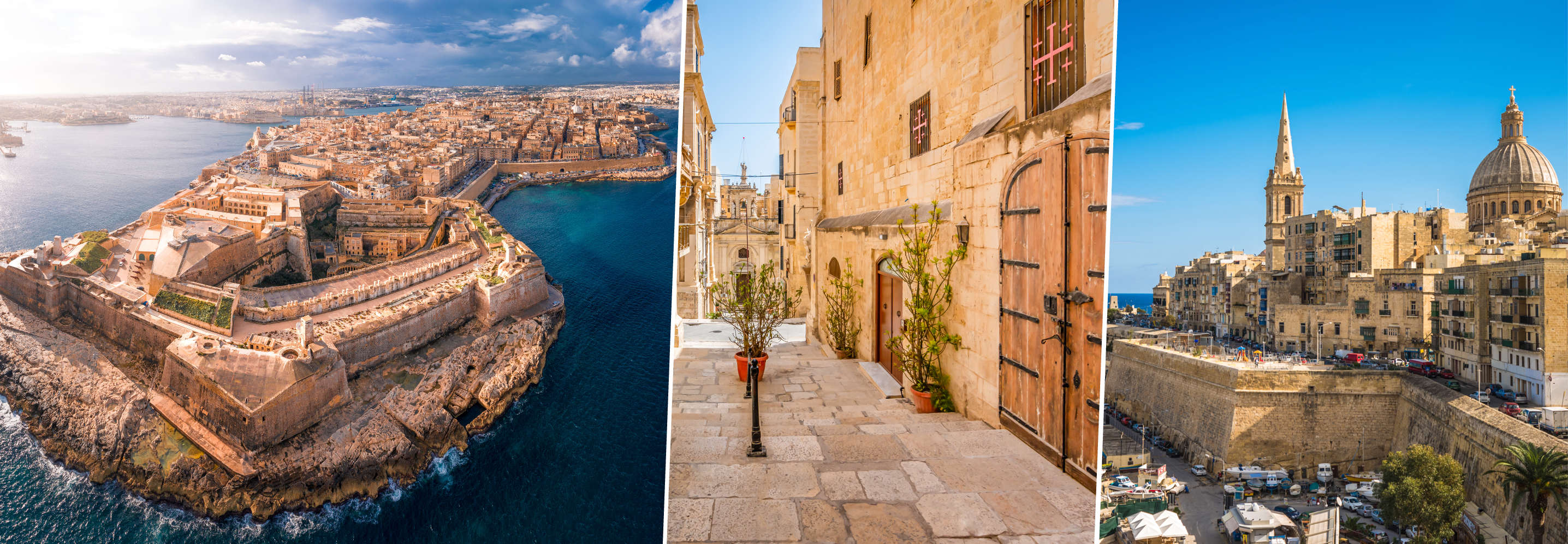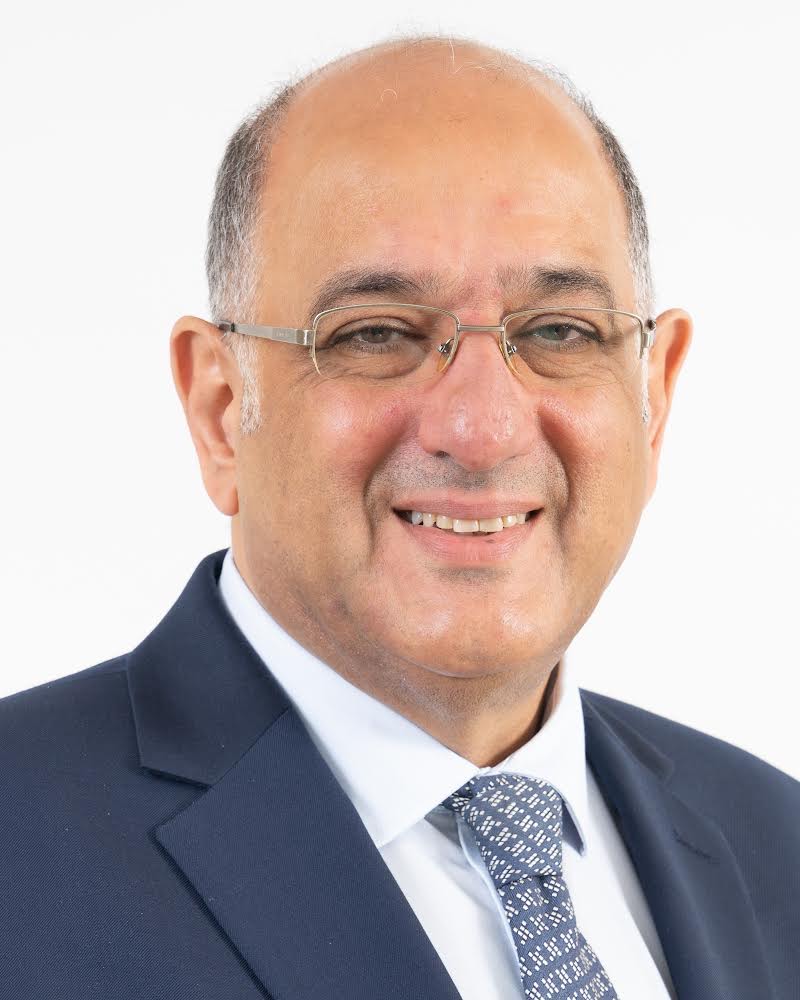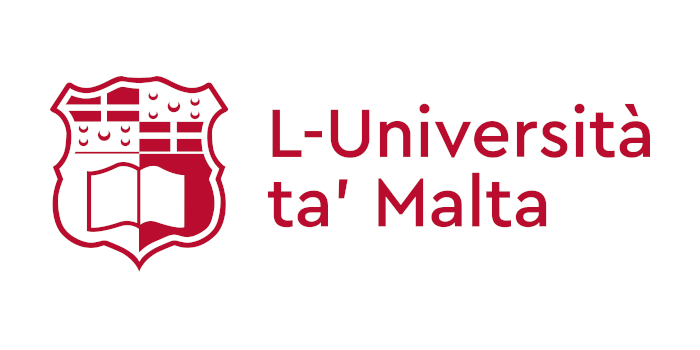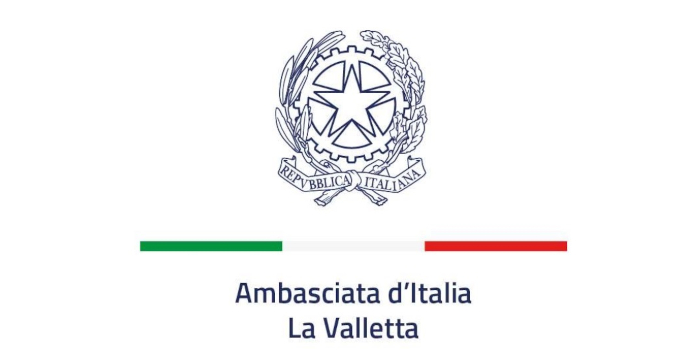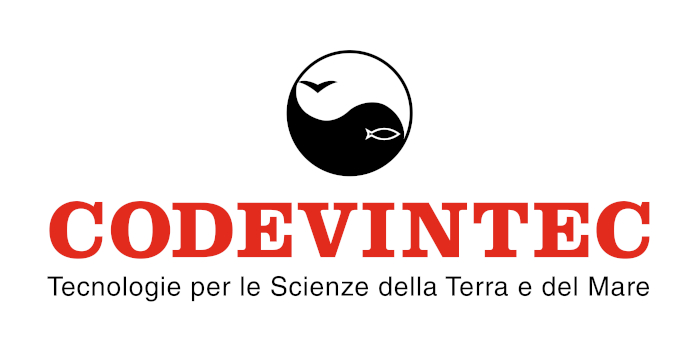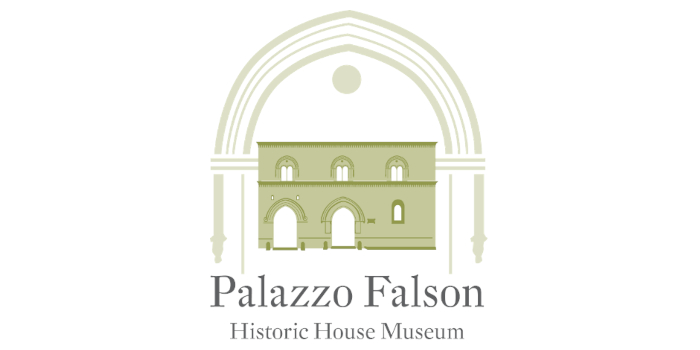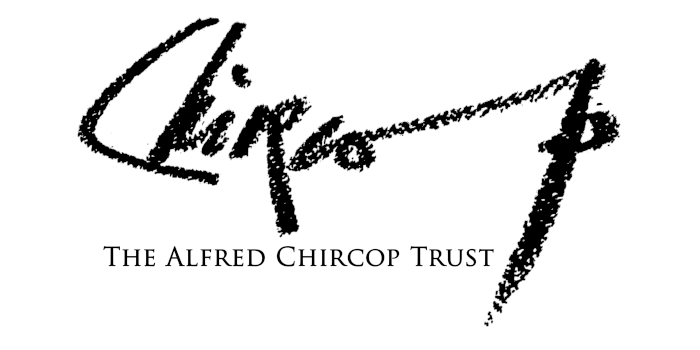How can effective design of protective structures enhance archaeological preservation in situ?
Zaki Aslan
American University of Sharjah
ABSTRACT
This presentation highlights the importance of assessing the efficacy and performance of protective structures at archaeological sites based on heritage management criteria. While assessments can begin during the design phase, many structures are evaluated post-installation, allowing for modifications or replacements to enhance protection for archaeological remains.
Current designs often neglect a holistic approach to conservation, presentation, and site values, underscoring the need for comprehensive understanding throughout the entire design process. Viewing protective structures merely as construction projects can lead to ineffective interventions.
The presentation discusses various design aspects and intervention phases, aiming to identify practical planning guidelines for architects, conservators, archaeologists, and site managers. Key topics include the principles of design for heritage conservation, examples of existing protective structures worldwide, and technical considerations in conservation and climate-responsive architectural design.
Design criteria must address site conservation and presentation needs, focusing on architectural responses to environmental conditions. Selected case studies will illustrate how to evaluate and implement design options that consider diverse climatic, cultural, and management contexts, emphasizing the role of shelters as defenses against weather.
The conclusion references international conservation bodies' efforts to create planning and design guidelines based on field research insights. It also highlights the use of computer-based environmental simulation tools, which, despite their limitations, can guide design processes and inform the conservation effectiveness of protective structures. Additionally, the presentation refers to a recent study on the role of expert consultations in shaping climatic-conscious design briefs, enhancing decision-making for preservation practices at archaeological sites.
SPEAKER BIOGRAPHY
Zaki Aslan is Professor of Practice at the American University of Sharjah (College of Architecture, Art and Design) and an architect, planner, educator & advisor in the cultural & heritage fields. He served for 21 years as the founding director of ICCROM-Sharjah Regional Conservation Centre, UAE, where he led programs for the Arab Region, from Rome, Italy (2003-2011) & later from Sharjah, UAE (2012-2023). He managed projects & offered technical guidance on heritage conservation/ management, national planning/ policies, World Heritage, field projects (including public outreach, capacity building & curricula development), with UNESCO, EU, GCI, British Council, GIZ, USAID, ICOMOS and other institutions. Aslan is also a member of the editorial board of the "Journal of Conservation and Management of Archaeological Sites", and member in several advisory capacities and steering committees (ASOR, EAMENA, UAE-funded Mosul Project, TERRA 2022, ALIPH, PWC, Welfare Association, Saudi Government & others). He holds a Ph.D. in Heritage Conservation and Management from University College London (UCL) and an MSc in Conservation of the Built Environment from the University of Montreal, Canada.

